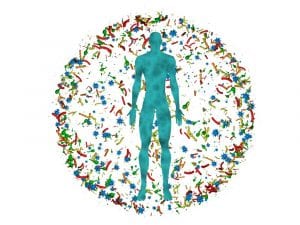The two essays on microorganisms were concerned with very similar ideas with very different applications. While Martiny’s essay considered that the properties effecting macroorganisms may be helpful in understanding the dispersal of microorganisms globally, Fierer posits that perhaps those same properties may effect microorganisms on a much smaller scale, within each human being.
Fierer puts forth some interesting ideas such as succession among microbiome communities which could be initiated by disturbances such as treatment with antibiotics (Fig 3). I can’t quite figure out how to square that idea with any sort of climax, especially given the rapid and constant changes in the human microbiome. He also states that taxa of microorganisms may fit into biological niches within the body.
That having been said, I am hesitant to agree entirely with Fierer. As I mentioned in my discussion question last week, the conditions that determine behavior of one species or in one region don’t necessarily do the same to other populations. They may be useful as a guide as to what to study, though there can be no promise as to whether those studies would be fruitful. One particular hurdle facing this line of inquiry is the difficulty inherent in conducting studies given the diversity of microbiomes among individuals. How accurate is a control when abundances of taxa even within family members can vary by up to two orders of magnitude (Turnbaugh et al. 2009a)?
